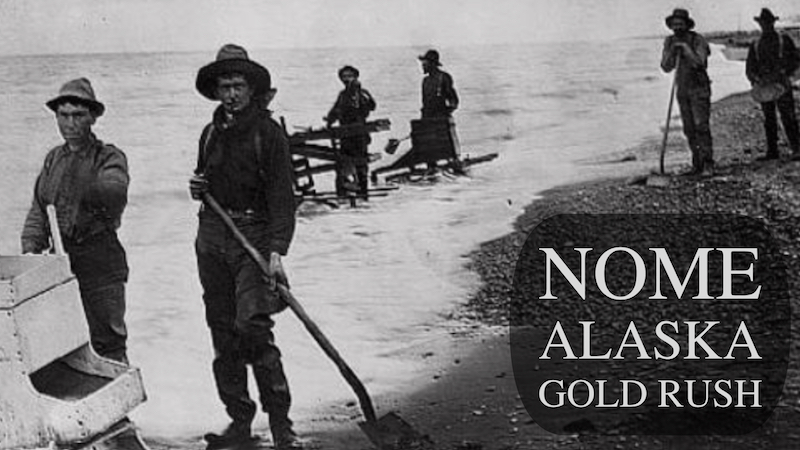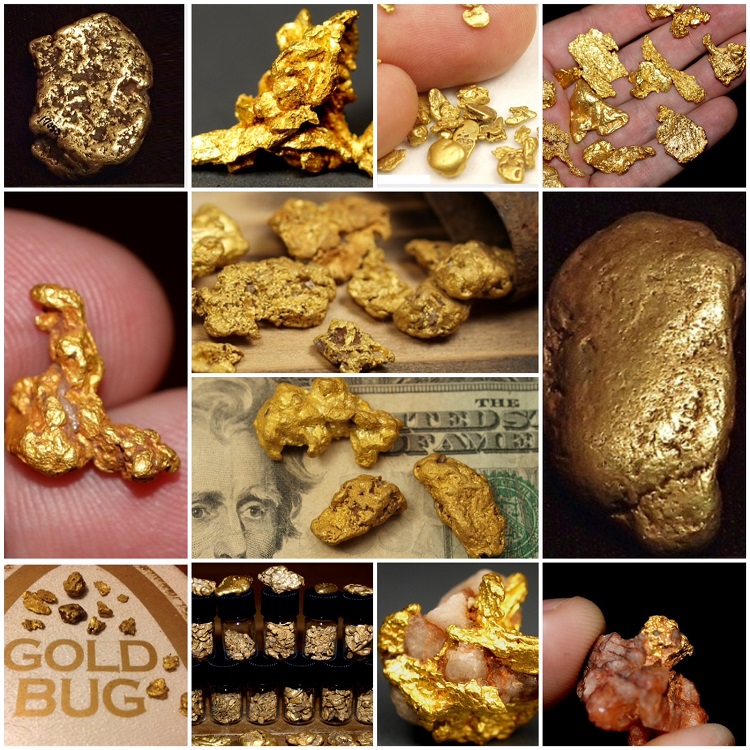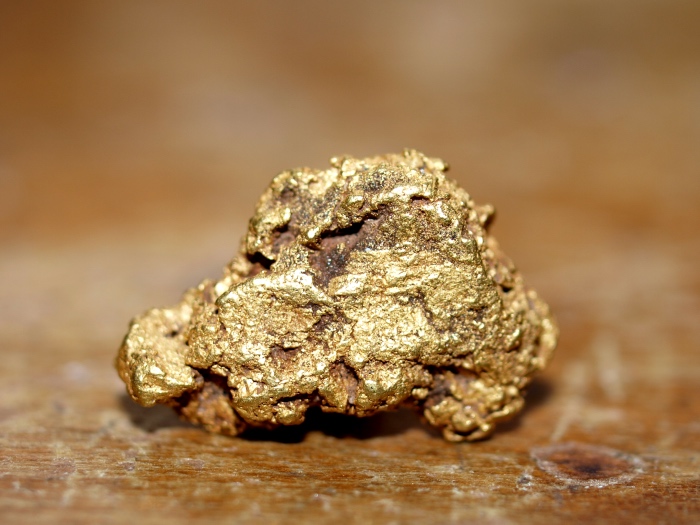
The Nome Gold Rush was the name of a gold rush in Nome, Alaska which took place from 1899–1909. It was one of the richest gold strikes in the state, and was unique because much of gold gold was found amongst the the beach sands.
What made Nome Gold Rush different other previous gold rushes was that it was relatively easy to prospect for gold. The gold amongst the sand was everywhere when the first miners arrived. However, capturing that fine gold was no easy task.
Nome was also one of the most significant gold rushes in the North America of its time. As a result, the amount of gold produced from Nome was projected to be over 110 metric tons. The gold rush also improved the local economy, allowing Nome to transform into the biggest town in Alaska during its height.
The Discovery of Gold
In 1896, thousands of gold prospectors had already flocked to Dawson, Alaska, an integral town that was linked to the great Klondike Gold Rush.
However, by then most of these prospectors were already disappointed that their golden dreams have amounted to nothing. Most of the prospectors ended making a living doing odd jobs around Dawson. Many were too poor and embarrassed to return to their hometowns.
Then in the spring of 1899 came rumors of a new gold source hit Dawson, that there was lots of gold to be discovered near Cape Nome, Alaska. The rumors spread like wildfire, and by summer, more than 8,000 people have already left Dawson for Nome.

The Three Lucky Swedes
Eric Lindblom. John Brynteson and Jafet Lindberg, collectively known as The Three Lucky Swedes were responsible for the discovery of gold in Nome. They were the first to find traces of gold on Anvil Creek in 1898, which quickly drew excitement across the Alaskan and Yukon towns.
By 1899, Anvil City’s population ballooned to over 10,000 people after news of gold being found near the creek had taken off. Thousands flocked to Anvil Creek in the following year from steamships from all over America. There were even wealth seekers who hailed from as far away as Adelaide, Australia.
The Race to Claim
Prospectors who reached Anvil Creek the earliest could quickly stake their claim all the way to the nearby Snake River. Those that arrived too late had no choice but to stake their claims further away along at the beaches of Nome. Gold was found for miles and miles along the beach, but the richness of those sands varied greatly.
Many who arrived late were envious of the early-bird discoverers and attempted to “jump” the initial claims by filing claims covering the same ground. Within months, Nome’s beaches had transformed into a tent city that stretched for over 30 miles from Cape Rodney to Cape Nome.
There was so much gold to be discovered on the beach that miners soon termed Nome’s beaches as “poor man’s paradise.” For the typical miner, the beaches of Nome had unique benefits over the Klondike gold mines.
The main advantage was the beach could not be staked, which means it was a free for all gold buffet for all the prospectors.
Secondly, it was easy for anyone to find gold as only simple tools like shovels and buckets were needed to sieve out the gold from the sand.
Thirdly, the beach was situated right along the coast, which meant that ships could easily access Nome, and thousands of pounds of gold can be hauled off easily.
A Town Exploded to Life
Within months, Nome’s population exploded to well over 20,000 people as more prospectors rushed to settle in at the tent city. At its peak, there were over 100 saloons, stores, restaurants, and hotels all sprung up almost overnight in rapidly constructed wooden houses. By 1905, Nome had become a city with schools, churches, a hospital and post office.
One of the most famous gunfighters of the period Wyatt Earp also made Nome his home in 1901. He made a sizeable fortune by opening a fancy saloon in Nome, collecting gold nuggets from gambling and selling booze to the miners.
However, with the swarm of prospectors came along chaos. Gangs roamed the streets of Nome, the crime rate was high, and several claims were often jumped and rejumped.
Also Read: Can You Actually Make Money Mining for Gold?

The End of Nome’s Gold Rush
As the rush slowly dies down in the next 5 years, the population of Nome shrank from 20,000 to only 2600, and by 1935 less than 1500. By the Second World War, Nome became nothing more than a stopover airport for aircraft flying from the United States into the Soviet Union.
Even though the rush was over, the mining went on all the way until the present day, where every year new prospectors arrive in Nome in search of wealth. The reality TV series Bering Sea Gold is set and filmed in Nome. Tourism is now a main contributor to the towns economy, but hopeful miners still come to this remote Alaskan town every summer in hopes of striking it rich.
Next: The Largest Gold Nugget found in Alaska
